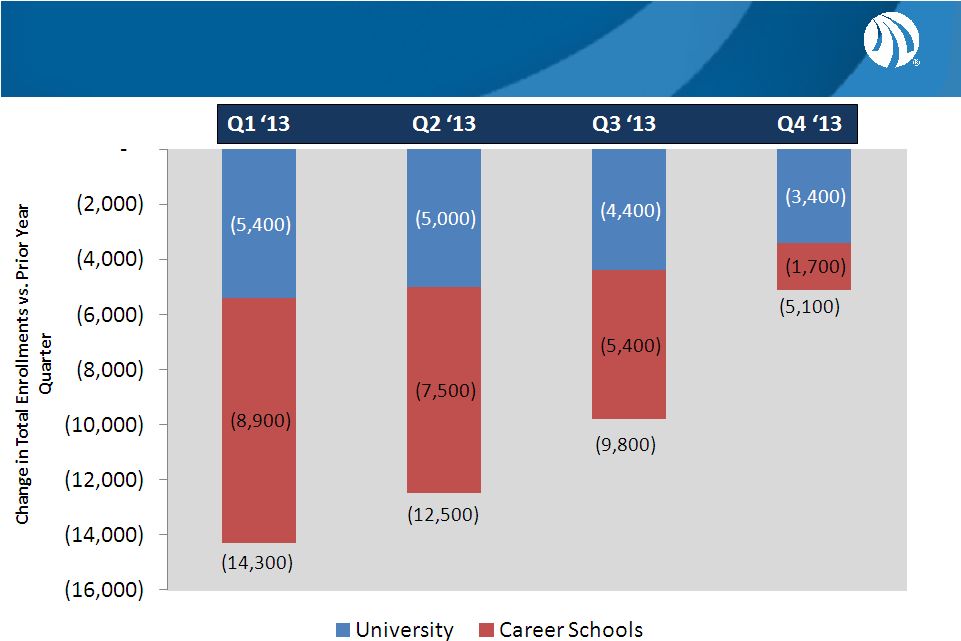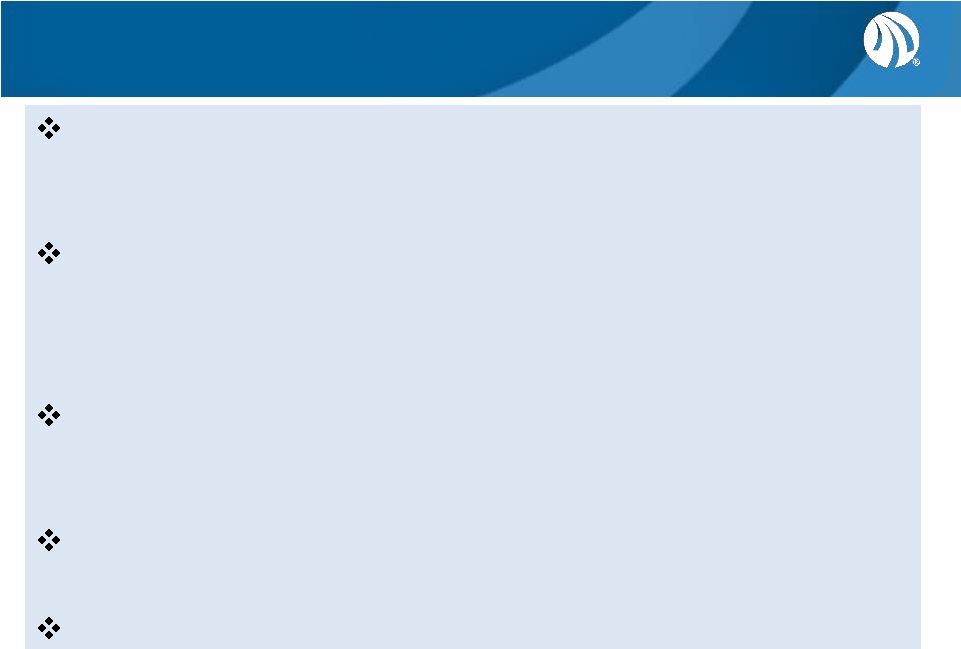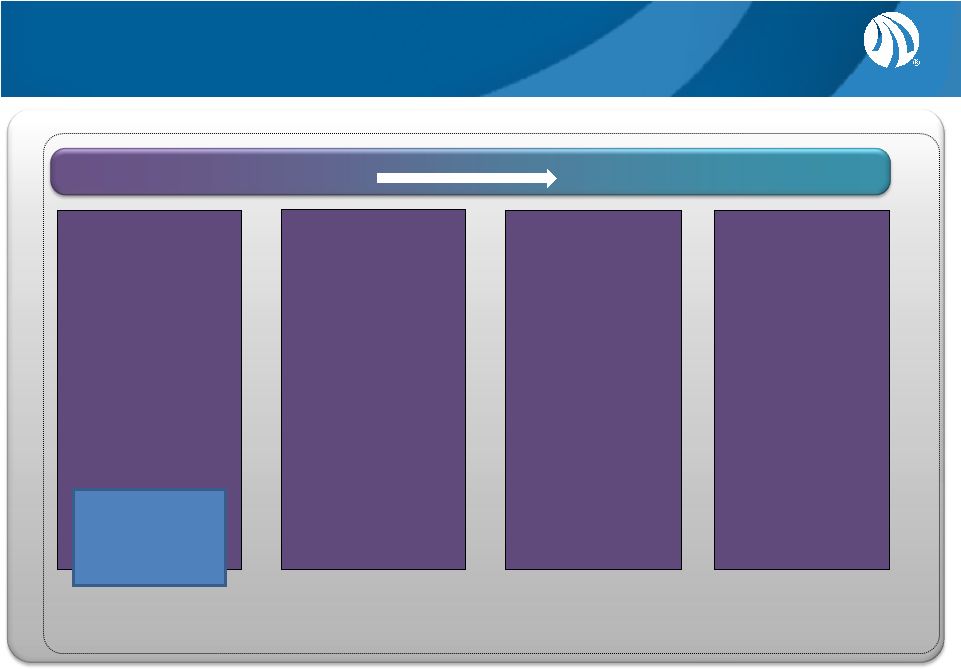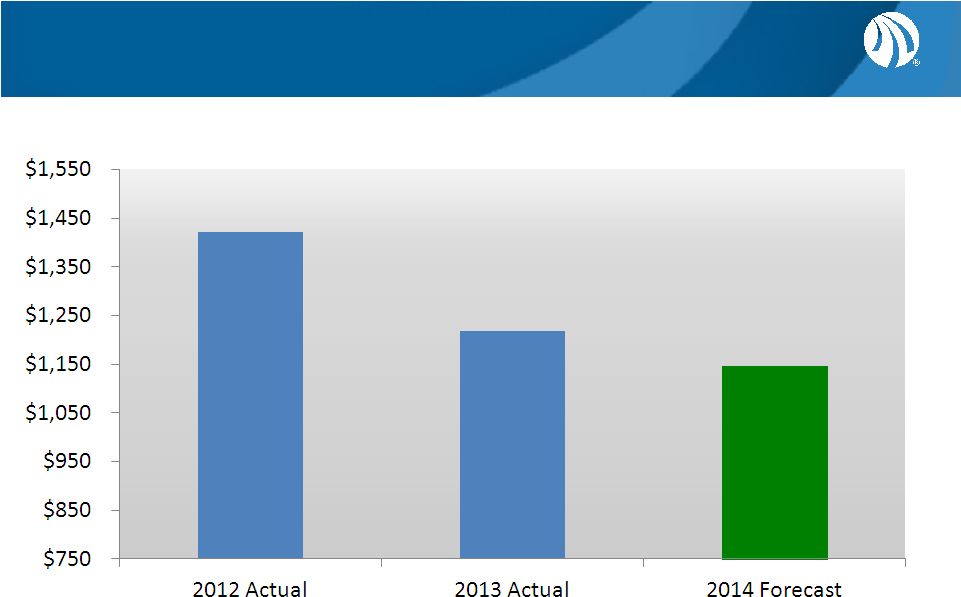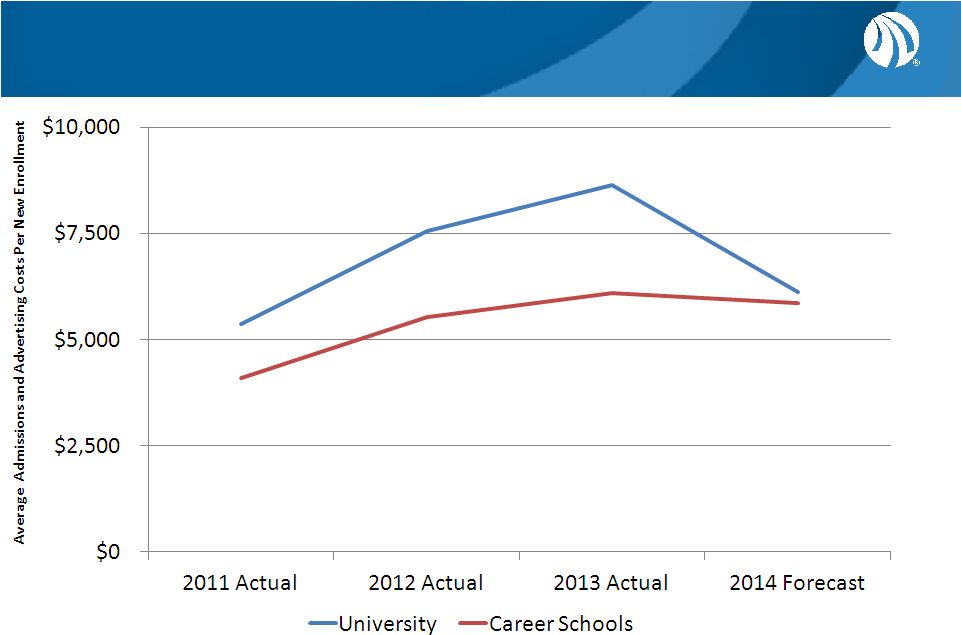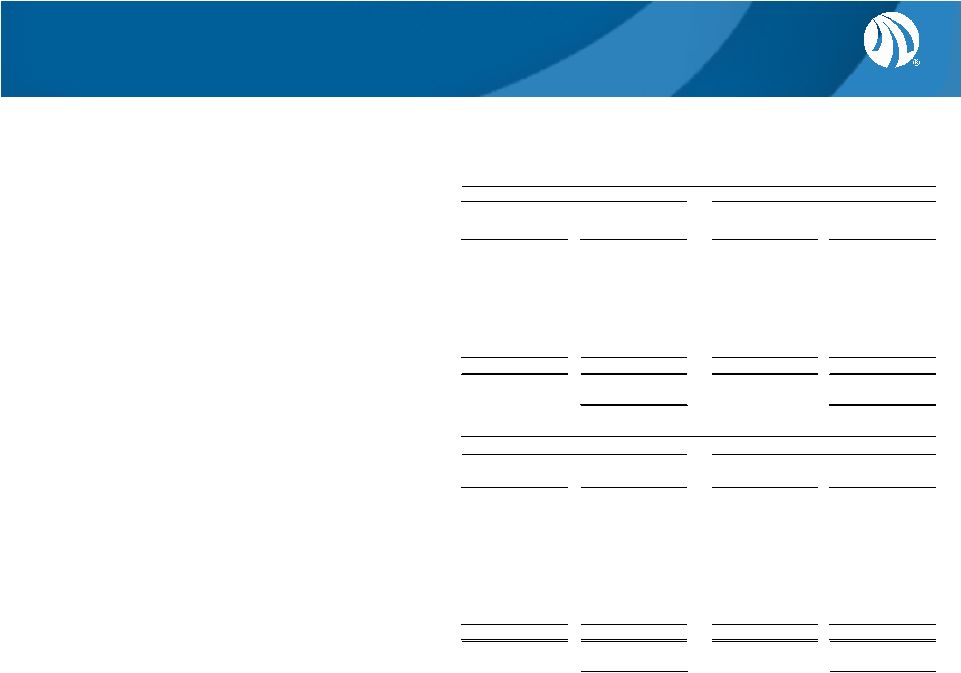17 Non-GAAP Reconciliation - Continued (1) The Company believes it is useful to present non-GAAP financial measures which exclude certain significant items as a means to understand the performance of its core business. As a general matter, the Company uses non-GAAP financial measures in conjunction with results presented in accordance with GAAP to help analyze the performance of its core business, assist with preparing the annual operating plan, and measure performance for some forms of compensation. In addition, the Company believes that non-GAAP financial information is used by analysts and others in the investment community to analyze the Company's historical results and to provide estimates of future performance and that failure to report non-GAAP measures could result in a misplaced perception that the Company's results have underperformed or exceeded expectations. Non-GAAP financial measures when viewed in a reconciliation to corresponding GAAP financial measures, provides an additional way of viewing the Company's results of operations and the factors and trends affecting the Company's business. Non-GAAP financial measures should be considered as a supplement to, and not as a substitute for, or superior to, the corresponding financial results presented in accordance with GAAP. (2) Loss per diluted share is based on loss from continuing operations and assumes a 35% tax rate for each deductible item. (3) A $15.5 million charge related to a pending legal settlement was recorded within Culinary Arts in the fourth quarter of 2013; year to date legal settlements include $10.5 million for the settlement of a legal matter recorded within Health Education ($8.8) and Transitional Schools ($1.7). (4) In fourth quarter 2013, non-cash asset impairment charges of $7.0 million were recorded primarily within Design & Technology ($4.0) related to long-lived assets for ongoing schools ($2.3) and decisions made to exit certain leased facilities ($1.7), and Transitional Schools ($2.5) for schools being taught out. 2012 included non-cash asset impairment charges of $29.2 million recorded primarily within Transitional Schools ($28.3) and $11.6 million of non-cash trade name impairment charges attributable to Culinary Arts ($8.1) and Health Education ($3.5) (5) Severance and related costs were recorded in 2013 and 2012 in connection with both the reduction in force and campus closure actions. In 2013, these costs were principally recorded within Transitional Schools ($2.1 million) and Corporate and Other ($2.1 million). The 2012 severance and related costs of $14.0 million were recorded within Transitional Schools ($6.7), AIU ($1.8), Health Education ($1.6), Corporate ($1.6), Design & Technology ($1.4), Culinary Arts ($0.6) and CTU ($0.3). (6) Fourth quarter of 2013 included a deferred tax valuation allowance of $72.2 million recorded within income tax benefit of continuing operations. (7) 2013 includes non-cash trade name impairment charges of $14.7 million attributable to Culinary Arts ($13.0) and Health Education ($1.7) and $8.0 million of non-cash asset impairment charges, of which $7.0 million were recorded in the fourth quarter. In addition to the fourth quarter asset impairment charges, 2012 expenses include non-cash goodwill impairment charges of $83.4 million, of which $73.6 million is non-deductible for income tax purposes, primarily applicable to Health Education ($41.3) and Design & Technology ($40.8) and additional non-cash asset impairment charges of $1.3 million. (8) 2012 includes a $19.0 million insurance recovery related to the settlement of claims under certain insurance policies. | 


